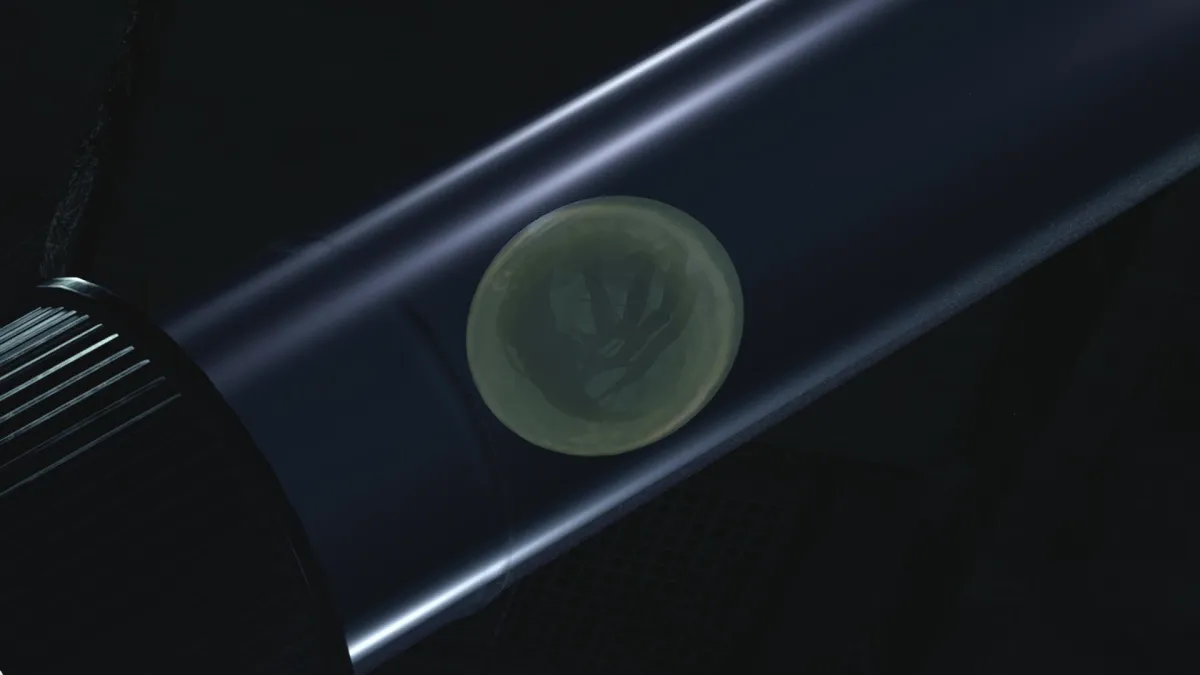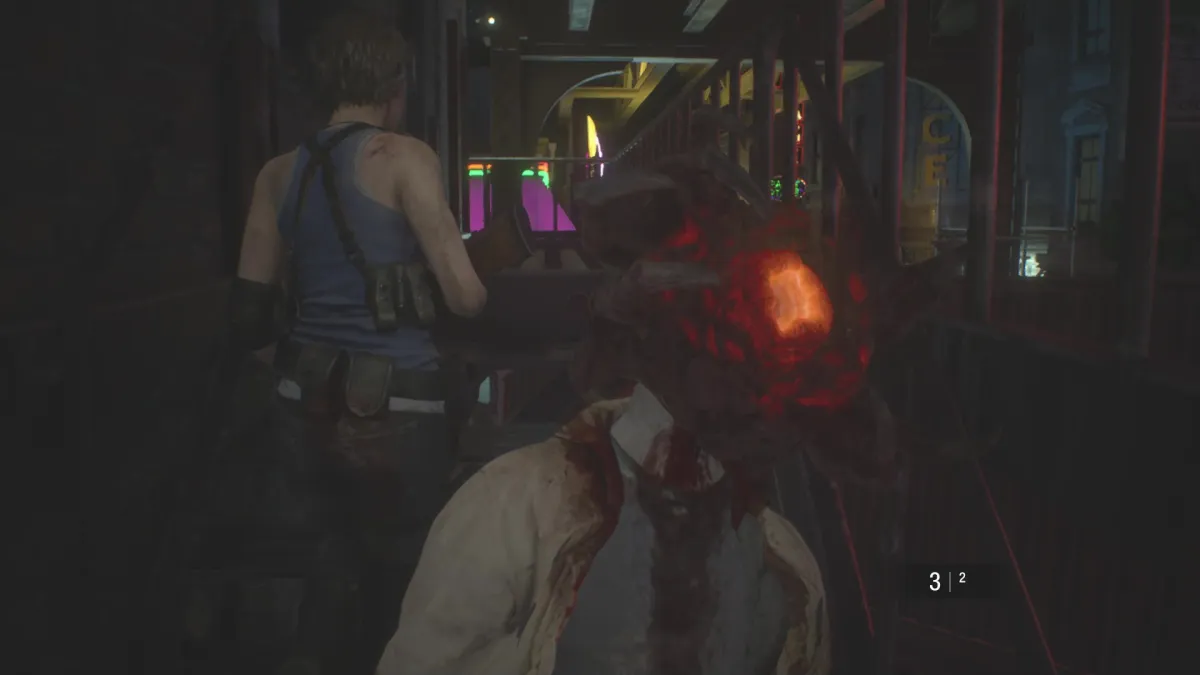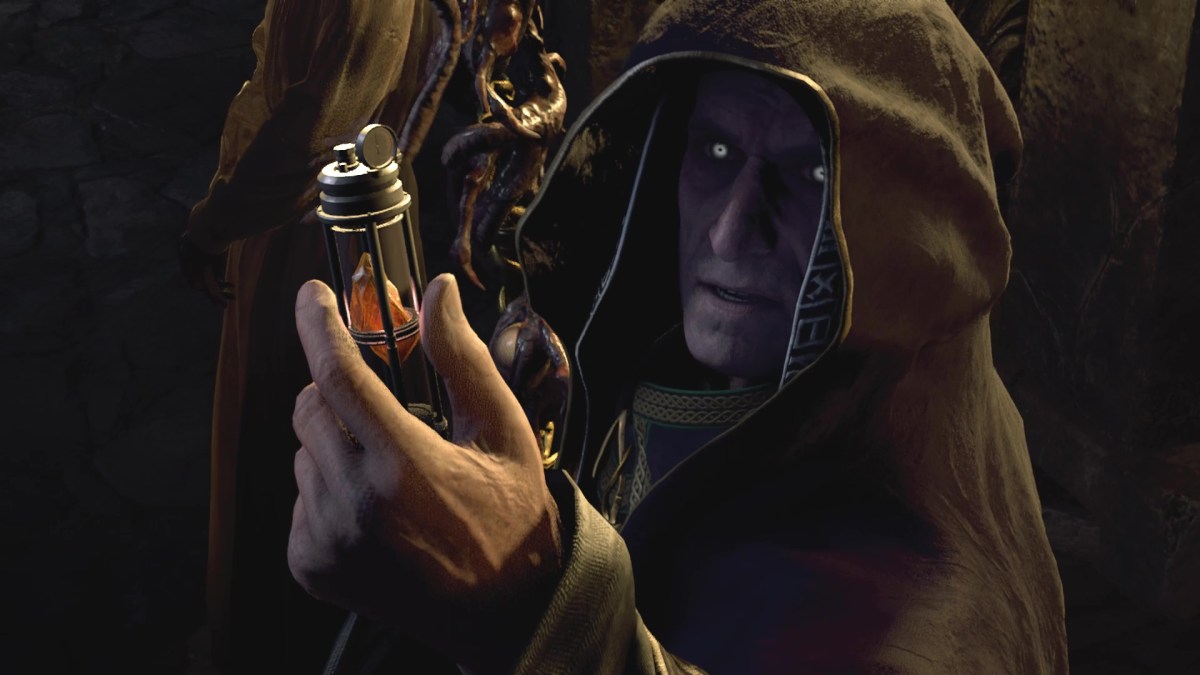So far, Resident Evil’s remake era hasn’t changed that much about the series’ storyline. All three remakes – 2019’s Resident Evil 2, 2020’s Resident Evil 3, and 2023’s Resident Evil 4 – have changed some characterizations and fixed the occasional 25-year-old plot hole, but the broad strokes of each game’s plot are generally still intact. Each game has consistently added a few extra details to Resident Evil’s overarching metaplot, however, and with the combination of 2022’s Resident Evil Village and the RE4 remake, a clear pattern’s started to emerge. It looks like the Resident Evil remakes might be building up to a massive revelation that could potentially unify its disparate plot threads into a single big arc.
I’ll be the first one to tell you here that this is all reading tea leaves. Capcom has always been creatively inconsistent, and one of the most valid criticisms you can make about the last 15 years of Resident Evil is that its story isn’t really going anywhere. That being said, some choices were made with the RE4 remake (RE4R) in particular that could be a sign that Capcom’s building up to something.
Related: Do the Resident Evil Games Need to Be Played in Order?

Specifically, this deals with the Resident Evil series’ three major bioweapons: the T-Virus, the Plagas, and the Megamycete, a.k.a. the Black God or just the Mold. You can usefully split the entire Resident Evil series up into three rough groups based upon which of these three bioweapons is on center stage.
- The T-Virus has an unnecessarily complicated origin, but the simplest version of it is in Resident Evil 5 (2009). In the 1960s, Umbrella’s founder Ozwell Spencer discovered a unique flower that only grew in a single specific cavern in western Africa. A virus found in that flower, the Progenitor, was the basis for the original T-Virus, which in turn is the basis for many of the viruses (T-Veronica, T-Abyss, Phobos, C-Virus, A-Virus, etc.) in later games and animated movies.
- The Plagas originated as a species of parasite from the caverns below the Salazars’ family castle, which were down there for so long that you can find evidence of them in the local fossil record. Ramon’s ancestor Gregorio Salazar, The Conqueror earned his family’s title in a fight against those Plagas, which drove their hosts insane.
- Finally, the origins of the Megamycete are listed in the Miranda’s Diary file in Resident Evil Village (2021). According to Miranda, she first found the Megamycete in a cave in Romania, shortly after her daughter died from the Spanish flu. The mold from the Megamycete was later used to create Eveline, which led to the events of Resident Evil 7 (2017).
None of these are explicitly connected to one another in series lore. All they have in common, as per existing story details, is that they were all found somewhere underground, and were then weaponized. The world of Resident Evil is apparently one in which any random spelunking expedition might discover something you could turn into a mutagenic plague. Welcome to survival horror, I suppose. Maybe skip that fun caving trip you had planned.
What’s interesting about Resident Evil’s remake era, however, is that it’s ended up drawing a number of visual parallels between all three of the series’ major bioweapons.
Related: How Is Albert Wesker Alive in Resident Evil 4: Separate Ways?

- RE3R added a new ability for Nemesis, where he can infect normal zombies with smaller versions of his parasite (above). In RE4R, when you fight Saddler at the end of the game, he ends up looking like a Dynamax’d version of one of those parasite zombies, complete with weird yellow eyes in his tentacles. While Saddler already had a bad case of Eyes Where They Should Not Be Eyes in the original RE4, he wasn’t anywhere near as tentacular. (He was actually a lot like a System Shock cortex reaver, come to think of it.)
- The Ghost Survivors DLC for RE2R introduced Pale Heads, a new type of T-Virus zombie that looks and acts a lot like RE4’s Regeneradors. The Pale Heads later showed up in RE3R‘s higher difficulties, where they can only be put down for good with a clean high-caliber headshot.
- In RE4R, both Salazar and a particular type of Ganado can attack the player with blasts of black fluid, which is reminiscent of the liquefied Mold that Miranda wields during her boss fight in Village.
- While it’s not made as explicit in the remake as it is in the original RE4, the way that Saddler can control the Ganados isn’t a million miles away from Eveline’s influence over the infected Bakers in RE7. Both the Plagas and RE7’s Mold created a sort of imperfect hive mind.
These could very well all be coincidences, accidents, or recycled assets between games. I’m making sure to hedge my bets here with a lot of “might” and “could,” especially in a series like RE that’s famous for making its creative decisions seemingly at random. (Sure, let’s make a game themed around classic horror monsters, but also include Steampunk Magneto. Why not.)
It’s still a fun idea, though. The remakes have quietly been providing small amounts of textual basis for the idea that all three of Resident Evil’s major bioweapons have some common ancestor. If that were to be the case, it’s probably buried deep underground, waiting to be dug up.
Even if that’s not what Capcom has planned, and it most likely isn’t, it’s an idea I might steal for my next tabletop game. Some underground mega-virus that introduces crazy mutations every time it touches the surface sounds like a hell of an idea for an All Flesh Must Be Eaten campaign.






Published: Oct 18, 2023 03:00 pm